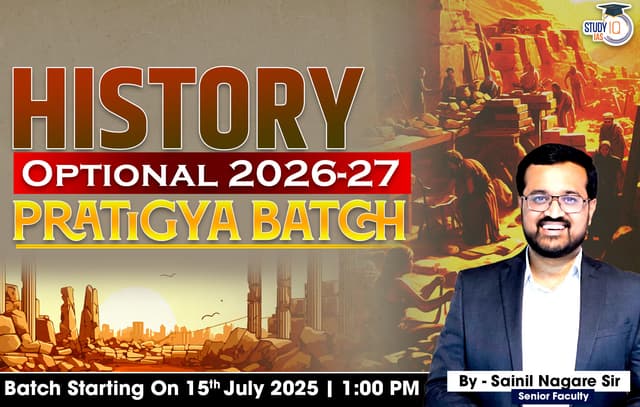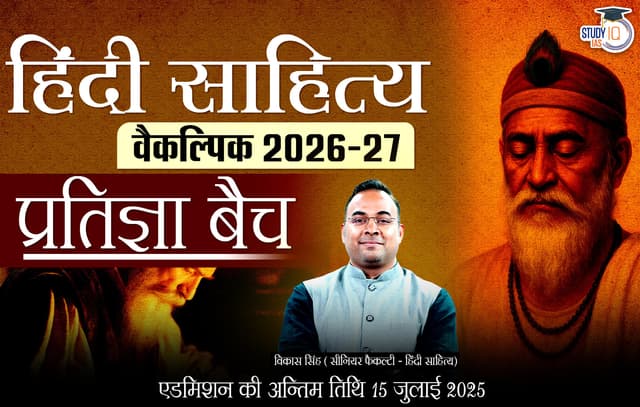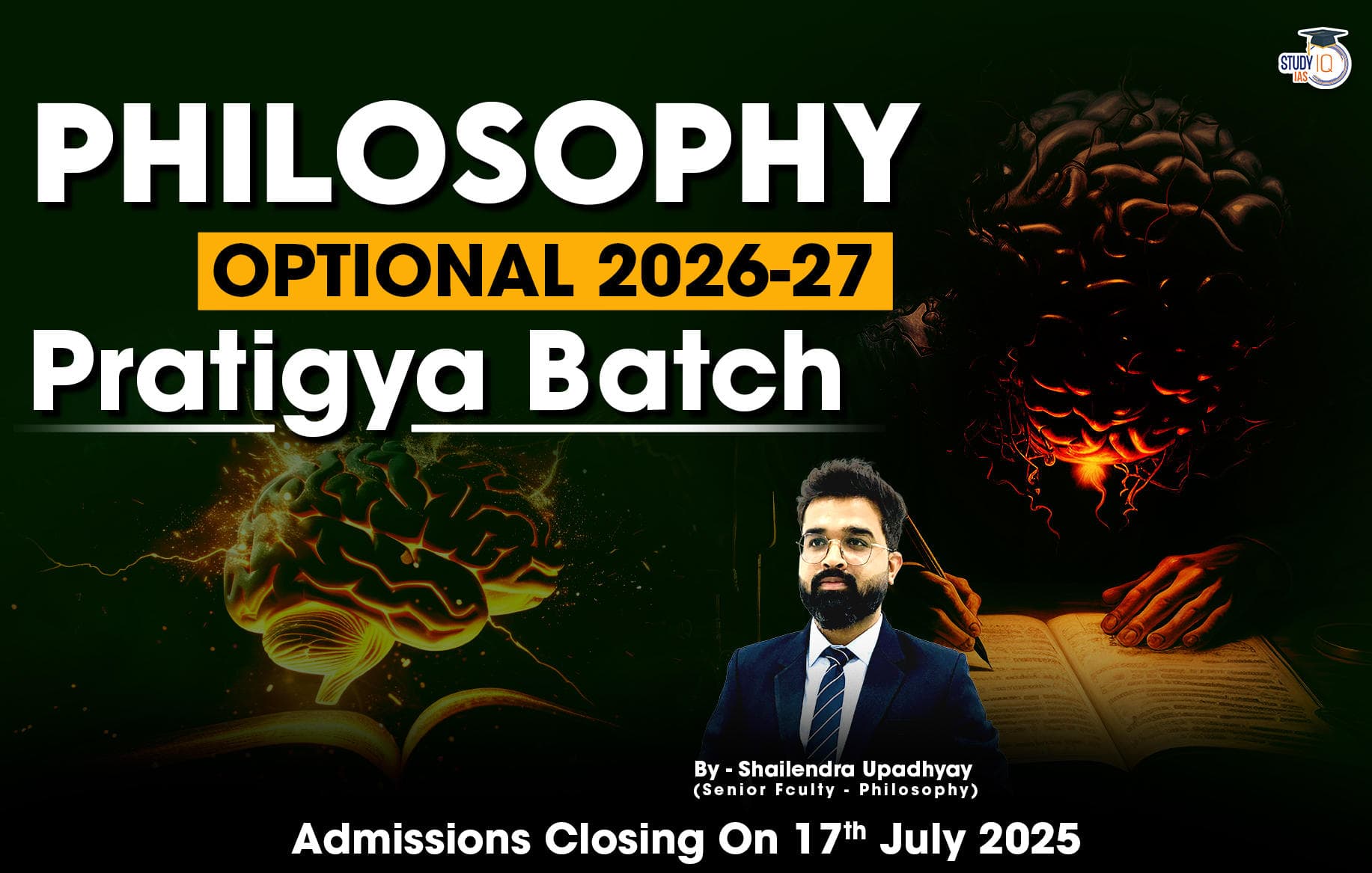Table of Contents
Mangal Pandey is celebrated as one of the earliest freedom fighters in Indian history. Known for his brave defiance against British colonial rule, he played a pivotal role in the Revolt of 1857—often referred to as the First War of Indian Independence. His courageous act of resistance against the British East India Company turned him into a national icon and a symbol of India’s struggle for freedom.
This article delves deep into Mangal Pandey’s biography, his background, the historical context of his rebellion, and his enduring role in shaping India’s fight for independence.
Biography of Mangal Pandey
Mangal Pandey was born on July 19, 1827, in the village of Nagwa, located in the Ballia district of what is now Uttar Pradesh, India. He hailed from a prosperous, high-caste Brahmin family with strong Hindu beliefs. His birth anniversary, known as his Jayanti, is celebrated annually on July 19.
| Overview | |
| Full Name | Mangal Pandey |
| Birth Date | July 19, 1827 |
| Place of Birth | Nagwa, Ballia District, Uttar Pradesh, India |
| Occupation | Sepoy (Soldier) in the British East India Company |
| Significance | Catalyzed the Indian Rebellion of 1857 (First War of Independence) |
| Known For | Sparking the Barrackpore Mutiny |
| Death Date | April 8, 1857 |
| Place of Death | Barrackpore, Bengal Presidency, British India |
| Cause of Death | Execution by hanging |
| Legacy | Symbol of Indian resistance against British rule |
Mangal Pandey Military Career
In 1849, Mangal Pandey joined the Bengal Army, the military force of the Bengal Presidency, one of the three major British presidencies in India. By March 1857, he was serving as a private soldier in the 5th Company of the 34th Bengal Native Infantry (BNI) regiment of the British East India Company. This regiment included many Brahmin soldiers, who were particularly aggrieved by the British policies.
Joining the Bengal Army
In 1849, Mangal Pandey joined the Bengal Army, a segment of the British East India Company’s military forces. By March 1857, he was serving as a private soldier (sepoy) in the 5th Company of the 34th Bengal Native Infantry. His regiment was stationed at Barrackpore, where growing discontent among the Indian soldiers was palpable.
The Spark of Rebellion
On the afternoon of March 29, 1857, Lieutenant Baugh, the adjutant of the 34th Bengal Native Infantry, was informed of the unrest among his soldiers. He learned that Mangal Pandey was inciting his fellow sepoys to revolt and threatening to shoot the first European he encountered. Pandey, armed and pacing in front of the regiment’s guardroom near the parade area, was visibly agitated.
According to testimony from a subsequent inquiry, Pandey’s discontent was fueled by his opposition to the new Enfield rifle cartridges, rumored to be greased with cow and pig fat. These rumors deeply offended both Hindu and Muslim soldiers. As British soldiers disembarked from a ship near the cantonment, Pandey seized his weapons and headed to the quarter-guard building, further inciting his comrades.
The Confrontation
General Hearsey, the commanding officer, quickly became aware of the situation and rode to the scene with his two sons. To restore order, Hearsey drew his revolver and commanded the sepoys to return to their duties, threatening to shoot anyone who disobeyed. As the sepoys hesitated, Pandey attempted to take his own life. He placed the musket’s muzzle to his chest and pulled the trigger with his toe, but the wound was not fatal. He was subsequently arrested, marking the beginning of his transformation into a martyr for India’s fight for independence.
Mangal Pandey’s Role in the Revolt of 1857
Mangal Pandey’s most notable act occurred on 29 March 1857 at the Barrackpore parade ground near Kolkata. According to historical accounts:
-
Pandey, armed and agitated, urged fellow soldiers to rise against the British officers.
-
He fired at Lieutenant Baugh, injuring him, and attempted to incite a mutiny.
-
When he saw his comrades hesitant, he tried to take his own life but survived and was arrested.
Despite his solitary action, his bravery struck a chord with sepoys across the country. His court-martial and subsequent execution on 8 April 1857 only intensified anti-British sentiments.
Death of Mangal Pandey
Mangal Pandey was executed by hanging on April 8, 1857, after inciting a rebellion against British authorities. His defiance was sparked by the introduction of the Enfield rifle cartridges, rumored to be greased with cow and pig fat, which offended Indian soldiers’ religious beliefs. On March 29, 1857, Pandey openly encouraged his fellow sepoys to rise against their British officers, leading to his arrest after a failed suicide attempt.
Court-martialed and found guilty of mutiny, Pandey’s execution became a catalyst for the Indian Rebellion of 1857. His actions symbolized resistance against British rule and inspired widespread defiance. Today, he is celebrated as a national hero, remembered for his bravery and sacrifice. Pandey’s legacy continues to inspire generations, immortalized in literature, films, and songs as a significant figure in India’s struggle for independence.

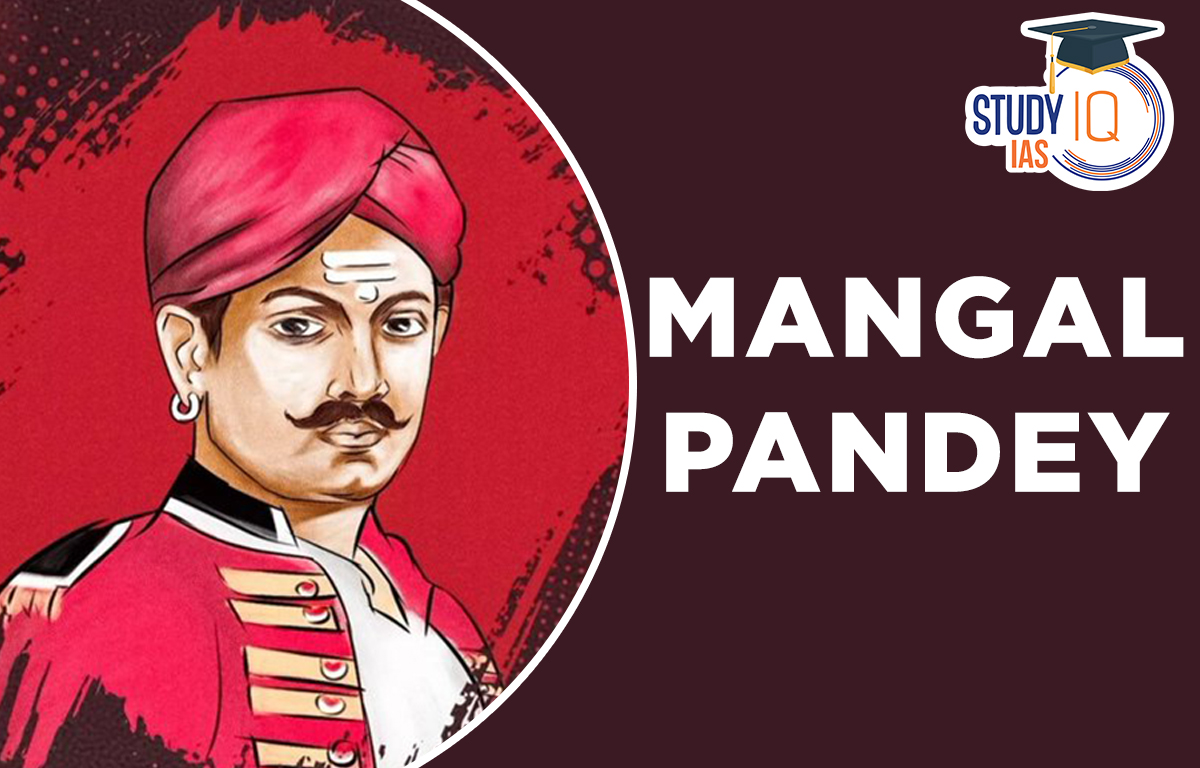
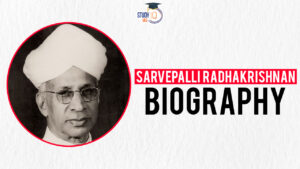 Dr. Sarvepalli Radhakrishnan Biography, ...
Dr. Sarvepalli Radhakrishnan Biography, ...
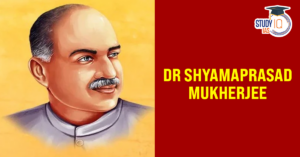 Dr. Shyama Prasad Mukherjee Biography, L...
Dr. Shyama Prasad Mukherjee Biography, L...
 Savitribai Phule Biography, Early Life, ...
Savitribai Phule Biography, Early Life, ...








